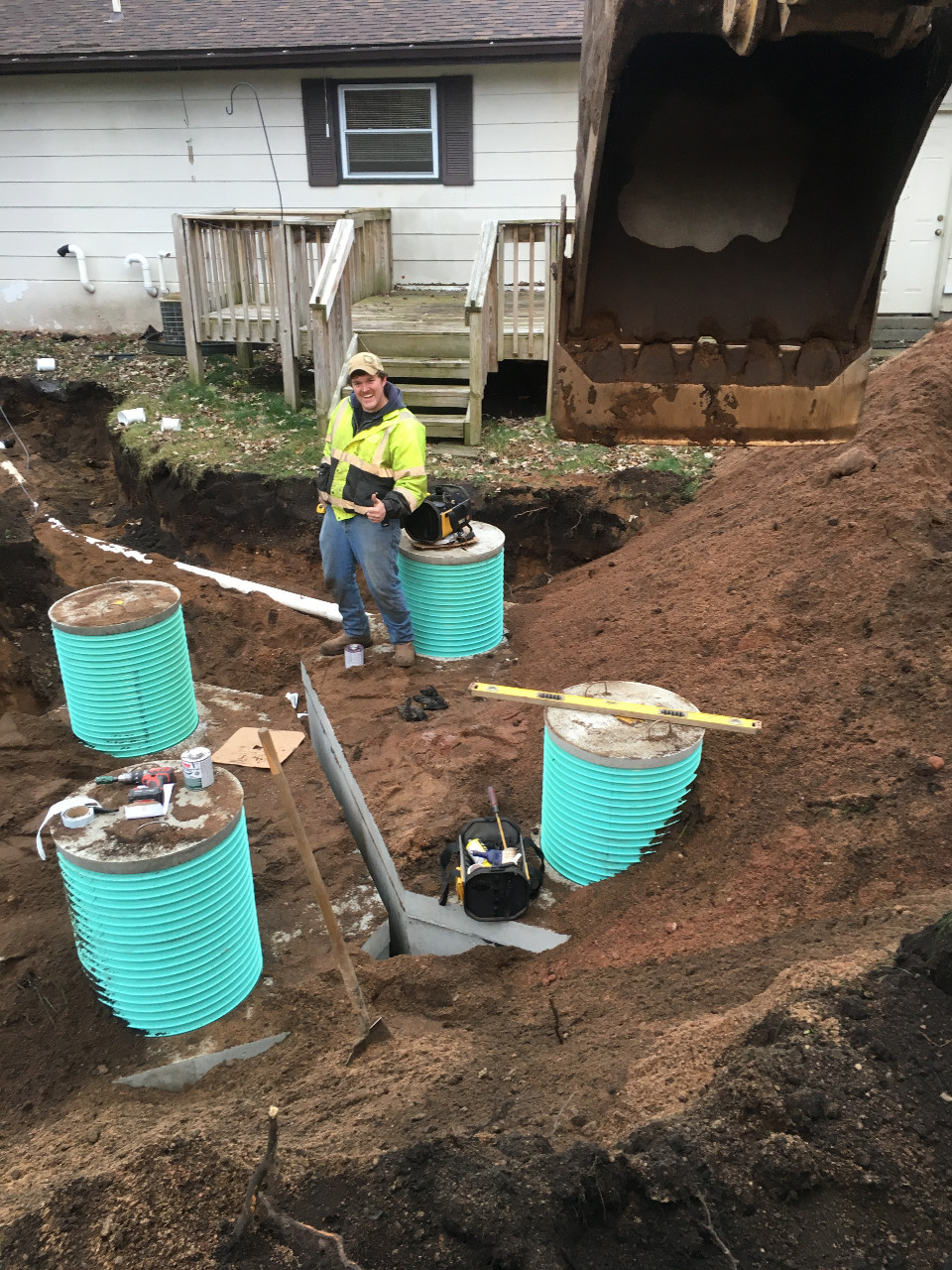
Why You Need to Maintain Your Septic Tank?
July 1, 2021
Is it better to repair or replace your septic tank?
September 1, 2021Septic System Replacement Signs

There are plenty of ways to prevent sewage backups in your yard. Occasionally, though, it’s best to give up on an old system and upgrade. Since it’s a costly decision, you’ll want to make sure it’s necessary.
Maintenance should prevent the need for replacement for decades, if not generations. In some cases, though, years of improper care may require a replacement. Five warning signs that you might need a new one soon.
1. Age of the System
Most septic systems last 40 years or longer, which means you might never need to replace it if you buy a new home. Some older homes have a septic system that has been in place for nearly half a century.
It may be time to begin budgeting for a new septic system if you start noticing problems with your system and if you have to pump it more frequently to keep it working properly. If you don’t already know, it’s vital to learn how old your septic system is.
2. You’ve Outgrown the System
The capacity of septic systems is limited. In general, the size of the house is determined by how many rooms it has and how many square feet it has. You might outgrow the size of the septic tank if you’ve expanded your home or if you’ve increased your water usage.
Perhaps it’s time to upgrade the system to better serve your family and lifestyle if your tank has become too small.
3. Slow Drains
If your sinks or bathtubs take a long time to drain, you may have a septic problem. The problem is probably a minor one, so there could just be a clog. If, however, all your sinks are slow to drain, you may have a more serious problem. Sludge buildup at the bottom of the septic tank can slow down the flow of water through the tank.
4. Standing Water in the Yard
Any water coming from your septic tank should be taken seriously. You might only need a repair and not a replacement. You may also have a problem with your drain field. Standing water shouldn’t be ignored, as it won’t disappear, and it will only deteriorate.
Your septic tank may not be causing the problem. A leaking drain field may cause standing water. In your yard, liquids from the septic tank flow into the drain field. Grasses and plants help break down the liquid, so it’s best to have them above your drain field.
Blockages in drain fields are cleared by using a chemical or biological additive. In addition to mechanical aeration, there is also chemical aeration. A replacement is your last option.
Drain fields can sometimes be replaced without requiring a new septic tank. If you experience problems primarily due to age, you should also prepare to replace the tank.
5. Nearby Contaminated Water Sources
There may be a problem with your septic system if nearby water sources have nitrate, nitrite, or coliform bacteria. It’s imperative to investigate water pollution as soon as possible if you discover it.
Other Septic Systems Issues
In a worst-case scenario, the septic tank would need to be replaced. Many of these symptoms can be symptoms of more minor issues that require minor repairs. In order to clear clogs from your septic tank or system, you might need to pump it.
It is best to call the professionals when you’re concerned about your septic tank.
